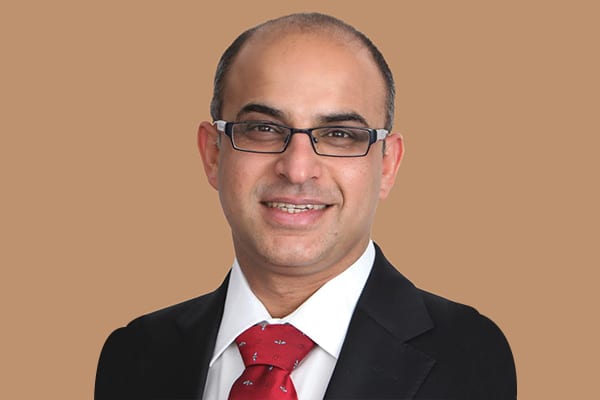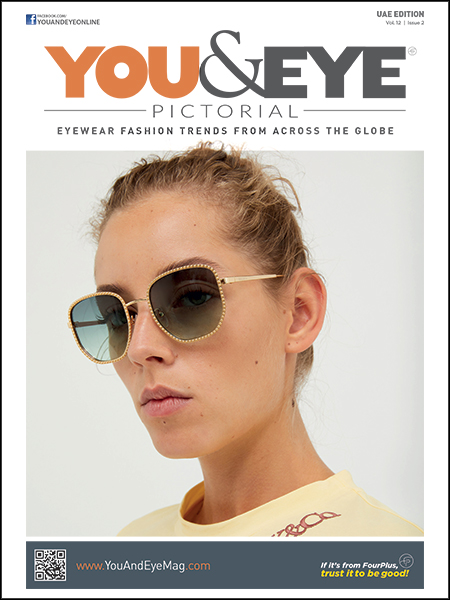For the last 25 years, LASIK has been the most common procedure to treat eye diseases like myopia, hyperopia and astigmatism. But of late, SMILE is being touted as the better option. Let’s check out why
Since its initial foray into the arena of eye care, refractive surgery has evolved and taken many avatars. From the initial PRK or Photorefractive Keratectomy, the first type of laser eye surgery for vision correction to LASIK or Laser Assisted in Situ Keratomileusis to the most recently developed SMILE or Small Incision Lenticule Extraction, the journey has been impressive.  Refractive eye surgery is a procedure used to decrease or sometimes even completely do away with dependency on glasses or contact lenses. The procedure includes various methods of surgical remodelling of the cornea. Successful remodelling can, not just correct issues like myopia, hyperopia, astigmatism but also deal with .degenerating diseases like keratoconus.
Refractive eye surgery is a procedure used to decrease or sometimes even completely do away with dependency on glasses or contact lenses. The procedure includes various methods of surgical remodelling of the cornea. Successful remodelling can, not just correct issues like myopia, hyperopia, astigmatism but also deal with .degenerating diseases like keratoconus.
The common factor in all three i.e., PRK, LASIK and SMILE is that a laser is used to sculpt the cornea and correct the refractive error. While PRK started in the early nineties, it has long since been taken over by LASIK in terms of popularity and preference. But PRK hasn’t been dumped completely. PRK too has gone through several updates and what is practised now as PRK is actually ASLA or Advanced Surface Laser. But while PRK to a small extent and LASIK to a very large extent contribute towards the refractive surgery methodology, the method that is really gaining both ophthalmologists and patients’ regard is SMILE.
So why do doctors and patients prefer SMILE to LASIK?
Since LASIK and SMILE are the real two strong contenders for refractive surgery, let’s evaluate the differences between the two.
LASIK two, SMILE one
The basic difference between LASIK and SMILE is that while LASIK uses two lasers, the excimer and the femtosecond, the SMILE method uses only one laser: the femtosecond. All types of refractive eye surgery use a laser that vaporises tissues of the cornea–to restructure and reshape it.
In LASIK, a superficial flap of corneal tissue is created by using another kind of a high fast pulsing laser called a femtosecond laser. The flap is folded back and the excimer laser bypasses the superficial layers completely and works directly on the underlying layer that needs to be corrected, shaping and restructuring the cornea. Therefore two different lasers are used in the LASIK  procedure. In LASIK, the vision correction is instant and the healing almost immediate. A femtosecond laser is used to shape a lens-shaped disc of tissue from within the cornea and this lenticule is removed through a 3 mm incision.
procedure. In LASIK, the vision correction is instant and the healing almost immediate. A femtosecond laser is used to shape a lens-shaped disc of tissue from within the cornea and this lenticule is removed through a 3 mm incision.
SMILE is a relatively new refractive procedure. In this, a femtosecond laser is used to create a corneal lenticule which is extracted whole without the use of excimer laser. The results are being touted as much better than LASIK. One of the key reasons for this is that in cases where the corneal thickness is not thick enough to create a flap, the LASIK option does not work.
SMILE better for ‘dry eyes’
LASIK is said to impact the overall long-term health of the cornea apart from temporarily affecting the corneal nerve supply. This could lead to a ‘dry eye’ condition which could be disturbing for chronic dry eye conditions.
On the other hand SMILE works best for patients with dry eye conditions.
Prescription range higher in SMILE
The advantage with SMILE is that it gives superb results with high levels of myopia. While the prescription range for LASIK is +4 to -10, the range for SMILE is -3 to -10. Also, there is a slight noise as well an emanating odour during the LASIK procedure. Where, there is neither of these issues with SMILE. But SMILE takes a couple of days of recovery, while in LASIK, the recovery is immediate.
SMILE chosen for ‘buttonhole’ condition
Apart from these basic differences, sometimes a particular medical condition necessitates the choice of SMILE over LASIK. For instance if the patient develops a condition called as a ‘buttonhole’, where the cornea’s curvature is irregular, then LASIK cannot be performed on the eye, as even after surgery, the patient’s vision will not be corrected perfectly. This is where the ReLEx SMILE method is used and with a single laser, the incision is made into the cornea to laser out a lens-shaped amount of tissue to match the degree of refractive error. Once the lens is removed, the myopia is gone. The femtosecond laser uses very low energy and therefore there is very little discomfort. Yet, at the same time, it is very fast and can perform the correction in 30 seconds. So far, this method has had 100 per cent success rate.
LASIK is cheaper
Currently, of the two procedures, SMILE is more expensive. LASIK is much cheaper. But it is expected, as the SMILE treatment gains more recognition and acceptance, the price point will also get flattened.
Another spin-off of SMILE that could well work towards its advantage is that surgeons are now toying with the possibility of the carved out lens being preserved and used at some future point in the person’s life to correct a visual condition that may later develop like presbyopia or long-sightedness. Maybe it would be then possible to retrieve the stored lens, work on the negative value by perhaps lasering away the surplus and then placing the lens back into the cornea to correct the presbyopia. Researchers of the Singapore Eye Research Institute is now working towards cryopreservation, a method of freezing and storing discarded lenses in liquid nitrogen, so that at some point in life, when required it can be retrieved and restored in the cornea to counteract the new medical issue. And this is where SMILE scores over LASIK.








